
MENUMENU
TALK TO AN EXPERT
Special Hours: 7AM – 6PM PST
TALK TO AN EXPERT
Special Hours: 7AM – 6PM PST
Selecting the right lithium battery isn’t just about finding the right capacity or price, it’s about understanding what’s inside. The type of battery cell (pouch, prismatic, or cylindrical) is the foundation of your battery’s performance, reliability, and safety.
Whether you’re powering an RV, marine vessel, off-grid home, or critical industrial system, knowing the strengths and limitations of each cell format can save you time, money, and headaches down the road. This guide breaks down the differences, helping you make the best decision for your application.
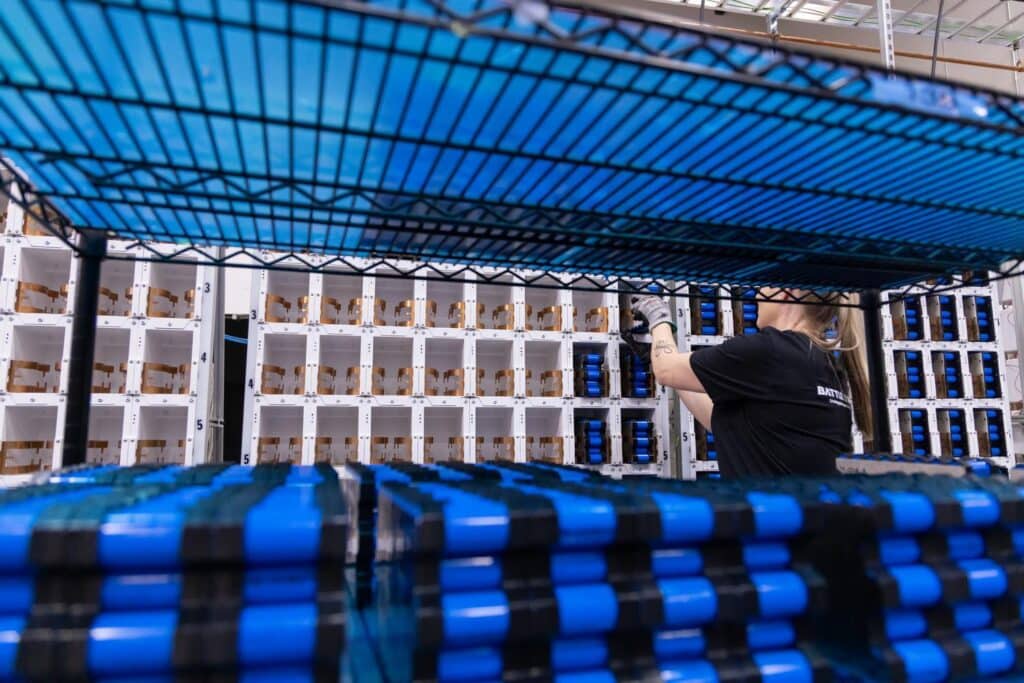
When choosing a lithium battery for your RV, marine vessel, or off-grid application, it’s critical to understand the three main cell formats. Each cell type brings unique advantages and challenges. Their distinct features directly affect performance, safety, longevity, and how the battery integrates into your system. In short, choosing the right type for your needs is a big deal.
Cylindrical cells are what most people picture when they think of a traditional “battery.” Shaped like a tube (think AA or 18650), these cells have a long history in both consumer electronics and industrial applications. Their metal casing provides robust mechanical protection, which makes them particularly durable and resistant to physical stress. This format is highly standardized—cell sizes like 18650 and 21700 are recognized worldwide, enabling consistent manufacturing and quality control.
The round shape of cylindrical cells distributes internal pressure evenly as the electrodes are wound up. This reduces the risk of swelling, deformation, or electrolyte leakage, even after years of use. They are also known for their high cycle life and ability to handle high charge and discharge rates. These attributes have made them the go-to choice for power tools, electric vehicles like Tesla, and rugged off-grid energy systems.
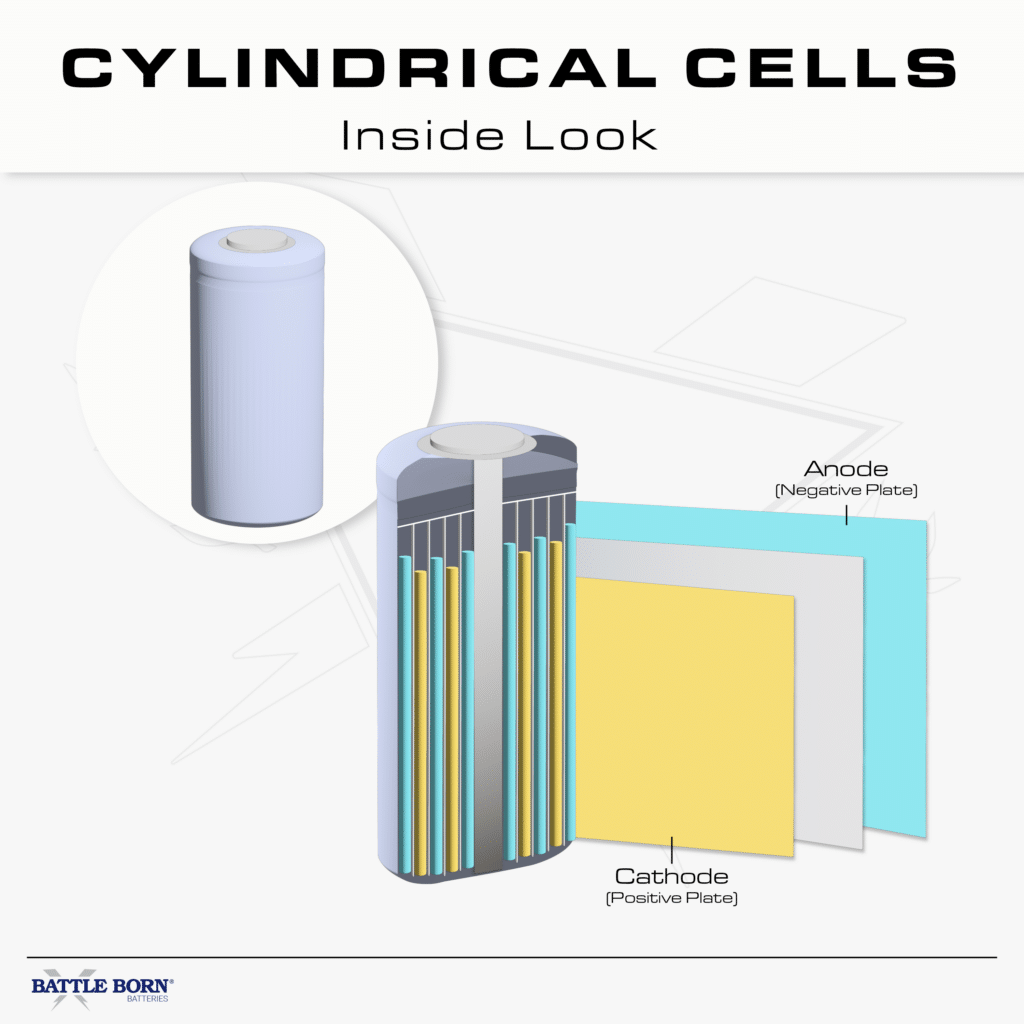
Prismatic cells, sometimes referred to as “rectangle batteries,” have a flat, box-like design. Internally, these cells use stacked and folded electrode layers housed within a rigid aluminum or steel case. This rectangular shape allows for extremely efficient packing in battery banks, perfect for installations where space is at a premium.
Each prismatic cell can be manufactured in larger capacities (often 50Ah to over 100Ah per cell). This means that battery packs can be built with fewer overall connections and less wiring, and have higher energy densities.

Pouch cells represent the highest in energy density and design flexibility. Instead of a rigid metal or plastic case, pouch cells use a sealed, flexible foil or polymer wrapper. (Think of a foil juice bag, and you’ll get a close mental picture.)
This minimalist packaging maximizes the proportion of active battery material, which translates to the highest energy density of any format. Pouch cells are common in smartphones, laptops and drones where every gram and cubic centimeter matters.
The lightweight and flexible design of pouch cells allows manufacturers to custom-shape them for tight or unusual spaces. This can be ideal for compact consumer electronics.
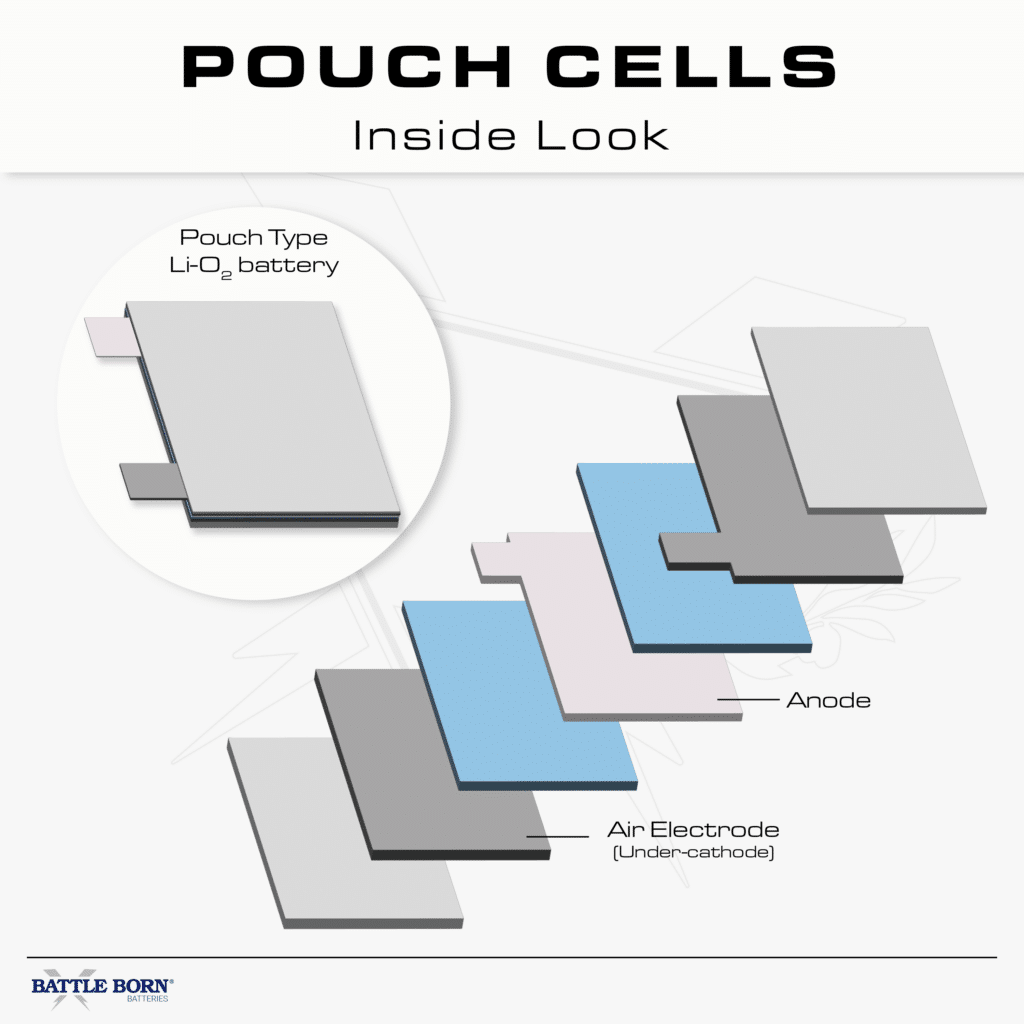
When selecting a lithium battery for your RV, marine vessel, or off-grid system, it’s not just about the shape of the cells. The format—prismatic, cylindrical, or pouch—directly impacts critical factors like energy density, durability, safety, and long-term performance. Here, we break down how each cell type measures up, starting with one of the most important considerations: energy density.
Energy density refers to how much energy a battery can store relative to its size and weight—a top priority for mobile and space-constrained installations.
| Cell Type | Volumetric Energy Density (Wh/L) | Gravimetric Energy Density (Wh/kg) |
| Cylindrical | 200 – 250 | 150 – 200 |
| Prismatic | 250 – 300 | 170 – 220 |
| Pouch | 300 – 350 | 200 – 260 |
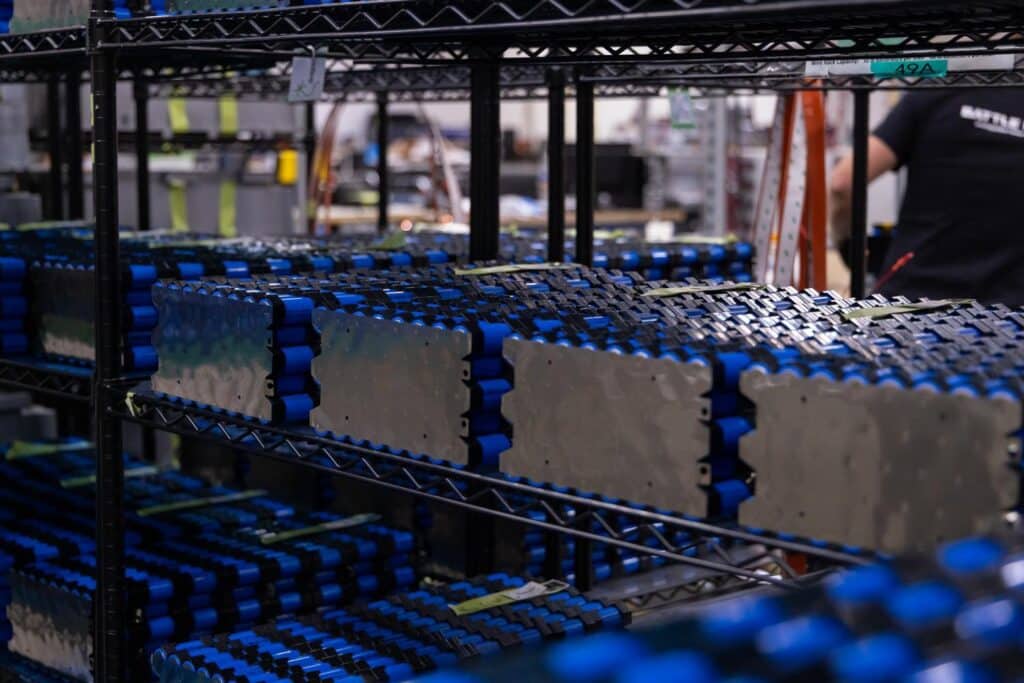
Durability and mechanical strength are critical in any application that involves movement, vibration, or potential impact, such as in RVs, boats, trucks, or industrial equipment.
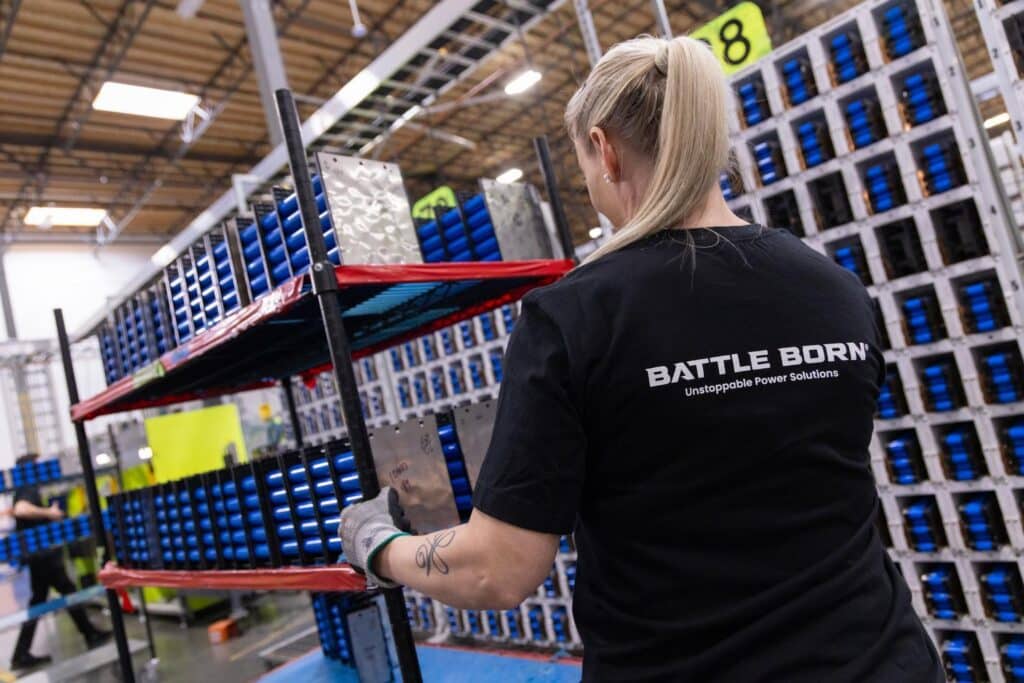
When it comes to lithium batteries, safety is a top concern. This is especially true for RVs, marine, off-grid, and industrial installations where users may be far from immediate help. The cell format plays a major role in how a battery manages risks like swelling, thermal runaway, and puncture incidents.
Want to see what happens when each of these cell types is punctured? Watch this video ⬇️
Thermal management refers to how well a battery controls its internal temperature. This is critical to performance, safety, and longevity in any lithium battery system. Excessive heat can degrade cells, reduce lifespan, and in extreme cases, trigger dangerous thermal runaway events.
While overheating is usually the top concern, efficient heating is also important in cold climates. Lithium batteries can’t safely charge below freezing (unless they heat themselves like ours can). Packs made with cylindrical cells tend to heat up more evenly during use, making cold-weather operation more predictable. Prismatic and pouch packs may require integrated heaters to keep cells within their optimal temperature range for charging and discharging.
Cycle life, the number of full charge/discharge cycles a battery can deliver before its capacity drops significantly, is a major factor in the total value and reliability of any lithium battery system. The internal cell type play a direct role in real-world longevity.
Cost is a major factor when choosing a lithium battery system. Cell type plays a significant role in both the upfront price and long-term value of your investment.
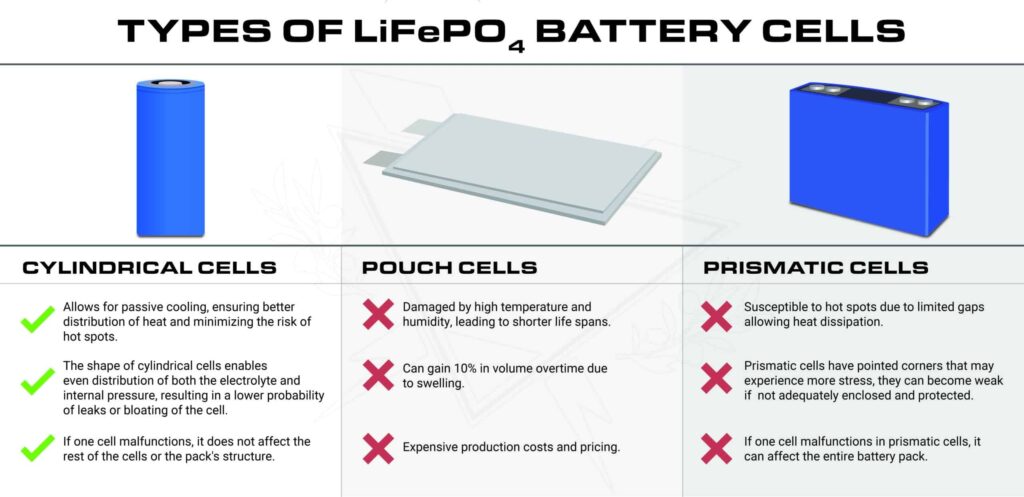
Not all lithium battery cells are created equal. The grade and certification of the cells used in your battery directly impact reliability, safety, and long-term performance, especially in demanding applications like RVs, marine systems, and off-grid power banks.
Manufacturers grade lithium cells based on strict quality control measures.
Unfortunately, some suppliers misrepresent Grade B cells as Grade A. Or they may use “factory excess” or “refurbished” cells in new battery packs. The result? Reduced lifespan, higher risk of imbalance or swelling, and a greater chance of unexpected failure, especially in high-stress environments. However, many of these issues will not be noticeable up-front.
At Battle Born, we only use certified Grade A lithium cells. This ensures that every battery delivers maximum capacity, consistent performance, and dependable safety, cycle after cycle.
UL certification is another mark of quality and safety. UL, or Underwriters Laboratories, is a global safety organization that tests products to strict standards.

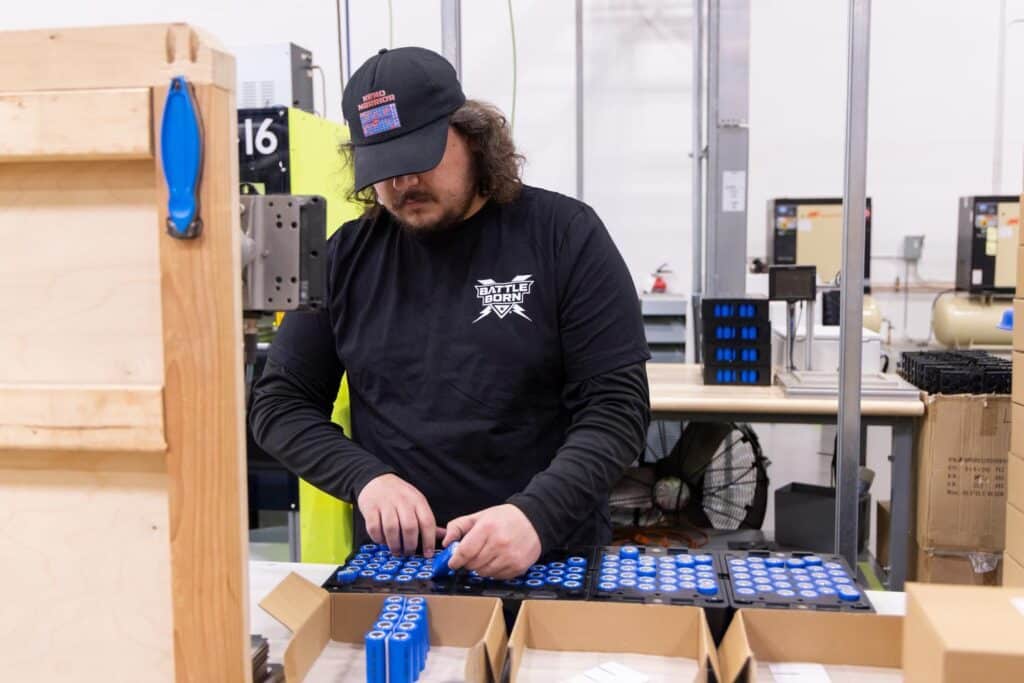
At Battle Born Batteries, our priority is delivering reliable, long-lasting power solutions for RV, marine, off-grid, and industrial applications. After extensive research, rigorous testing, and real-world feedback from thousands of customers, we’ve chosen cylindrical cells as the foundation for our lithium battery lineup, and for good reason.
1. Proven Durability:
Cylindrical cells are built with a rugged metal casing. This casing stands up to vibration, shock, and harsh operating conditions, whether you’re traveling thousands of miles in your RV, crossing choppy waters, or powering off-grid equipment.
2. Superior Safety:
Safety isn’t optional, it’s essential. The small, uniform design of cylindrical cells naturally limits the amount of energy in each cell. In the unlikely event of a failure, risk is contained and does not cascade through the entire pack. Therefore, combined with our advanced Battery Management System (BMS), our batteries are among the safest choices available for any installation.
3. Long Cycle Life:
With industry-leading cycle life, cylindrical cells maintain their capacity and performance across thousands of charge/discharge cycles. Customers routinely report Battle Born batteries performing like new after years of heavy use. This subsequently maximizes your return on investment and minimizes downtime.
4. Reliable Thermal Management:
Cylindrical cell packs manage heat exceptionally well. Their round shape and spacing allow for better airflow and cooling. This is ideal for stable performance even during high-power demands or in extreme climates. It also helps prevent overheating and extends the lifespan of your battery bank.
5. Consistency and Quality:
The global standardization of cylindrical cells ensures consistent manufacturing quality and availability. So, we build each Battle Born battery with carefully sourced, top-tier Grade A cylindrical cells. We then subject them to rigorous testing and certification standards.
We don’t compromise on what matters: safety, reliability, and true long-term value for our customers. By engineering our batteries around cylindrical cells, we offer products that not only meet but exceed expectations in real-world use, giving you peace of mind wherever your adventures take you.
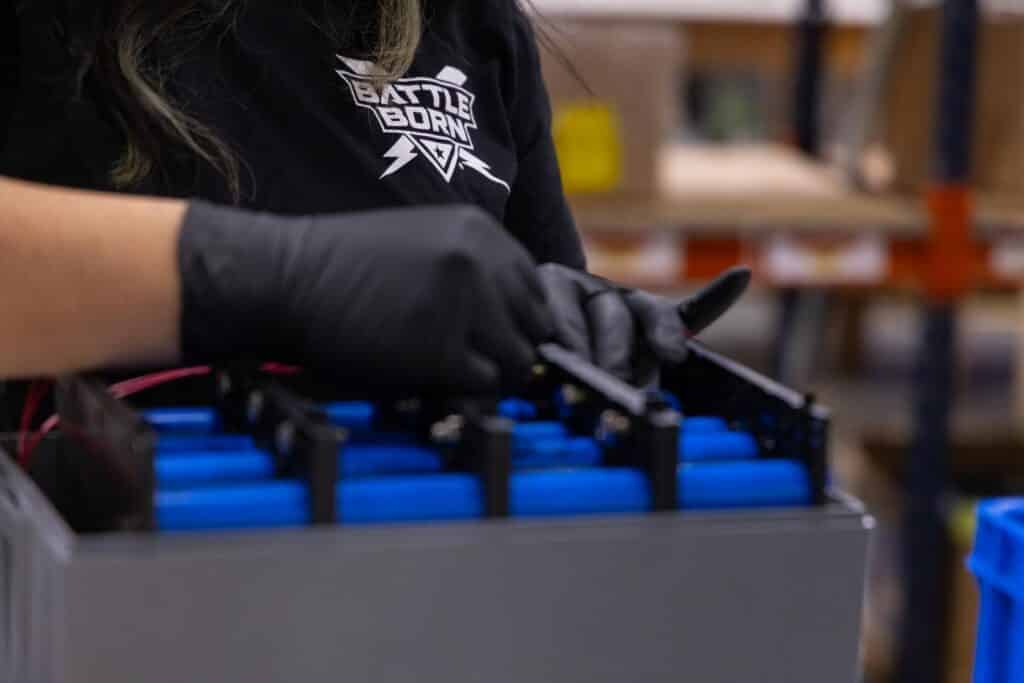
Choosing between pouch, prismatic, and cylindrical cells isn’t just a technical detail, it’s a decision that impacts every aspect of your battery’s life.
For most RV, marine, and off-grid users, cylindrical and prismatic cells deliver the best balance of safety, cycle life, and performance in real-world conditions. At Battle Born Batteries, we use only top-grade, certified cylindrical cells for maximum reliability and peace of mind. Whatever your power needs, understanding cell technology will help you get the most out of your investment, now and for years to come.
Q: Which cell type is safest for RV and off-grid use?
A: Cylindrical cells are generally considered the safest for mobile and off-grid applications due to their robust casing, ability to contain failures to a single cell, and proven track record in demanding environments [4].
Q: Why do some batteries use prismatic or pouch cells if cylindrical is so durable?
A: Prismatic and pouch cells offer higher energy density and can be more space-efficient, which is important in some applications. However, these designs often require more careful thermal management and robust protection to achieve the same safety and longevity as cylindrical cells [2][5].
Q: What’s the difference between Grade A and Grade B lithium cells?
A: Grade A cells are new, fully tested, and meet all manufacturer specs for performance and safety. Grade B cells may have minor defects, lower capacity, or higher internal resistance. For the longest-lasting and most reliable batteries, always choose products built with certified Grade A cells unless you have a specific use case where you know Grade B is ok.
Q: How do cold temperatures affect lithium battery performance?
A: All lithium cells perform poorly when charging below freezing. Cylindrical cells tend to heat more evenly during use, making cold-weather operation more reliable, but prismatic and pouch cells may require additional heaters for safe operation [6].
Q: Why does Battle Born use cylindrical cells in its batteries?
A: Battle Born chooses cylindrical cells for their outstanding safety, cycle life, durability, and superior heat management. This ensures our customers get batteries that are reliable in the most demanding conditions.
We know that building or upgrading an electrical system can be overwhelming, so we’re here to help. Our Reno, Nevada-based sales and customer service team is standing by at (855) 292-2831 to take your questions!
Also, join us on Facebook, Instagram, and YouTube to learn more about how lithium battery systems can power your lifestyle, see how others have built their systems, and gain the confidence to get out there and stay out there.
We know that building or upgrading an electrical system can be overwhelming, so we’re here to help. Our Reno, Nevada-based sales and customer service team is standing by at (855) 292-2831 to take your questions!
Also, join us on Facebook, Instagram, and YouTube to learn more about how lithium battery systems can power your lifestyle, see how others have built their systems, and gain the confidence to get out there and stay out there.
Shop Best Sellers
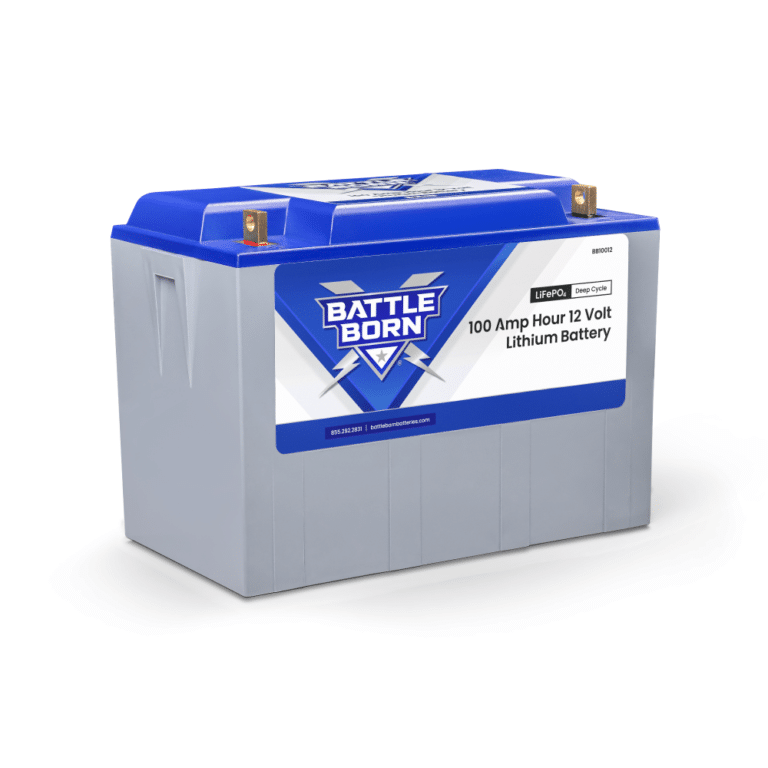
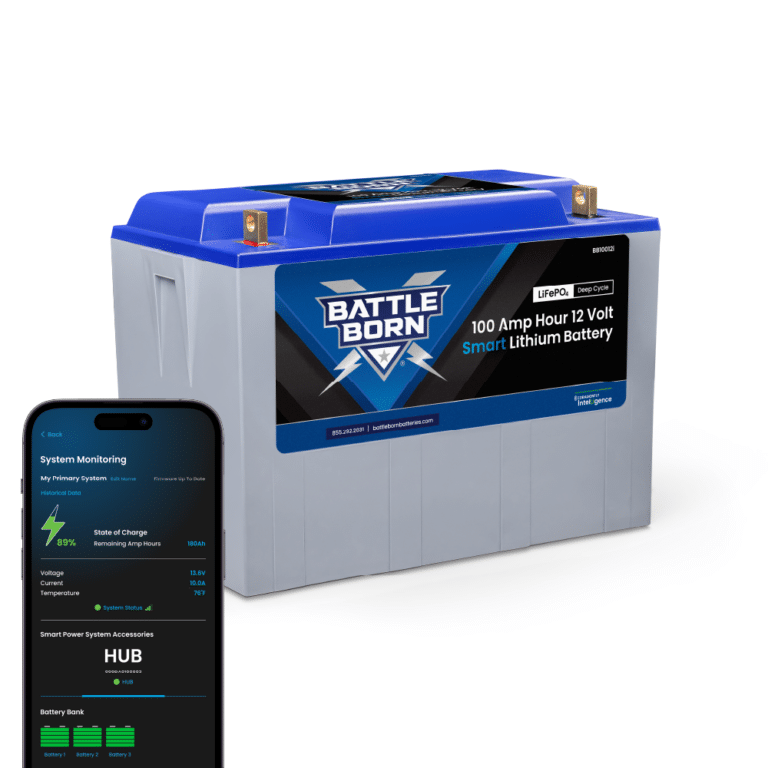
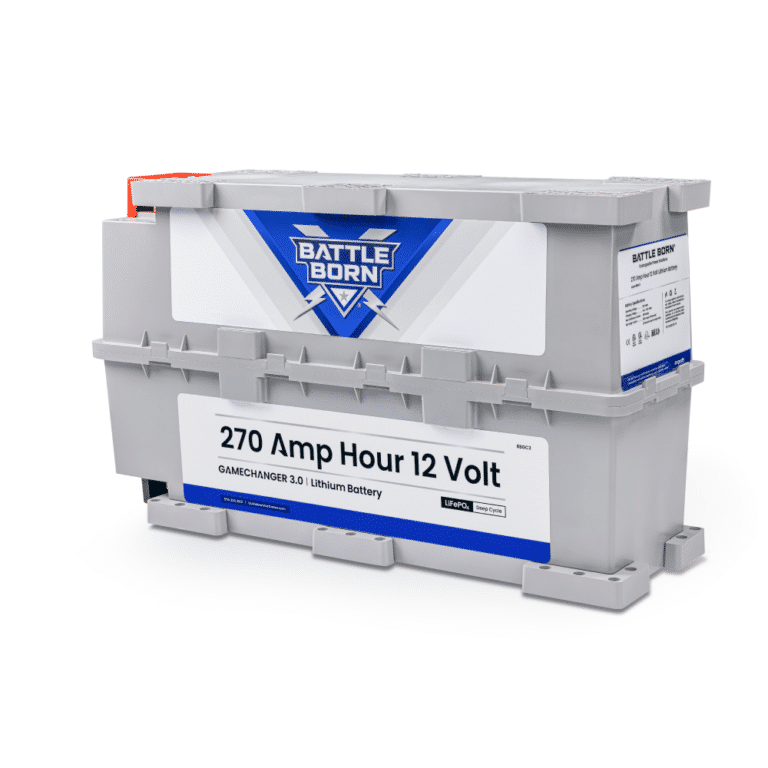
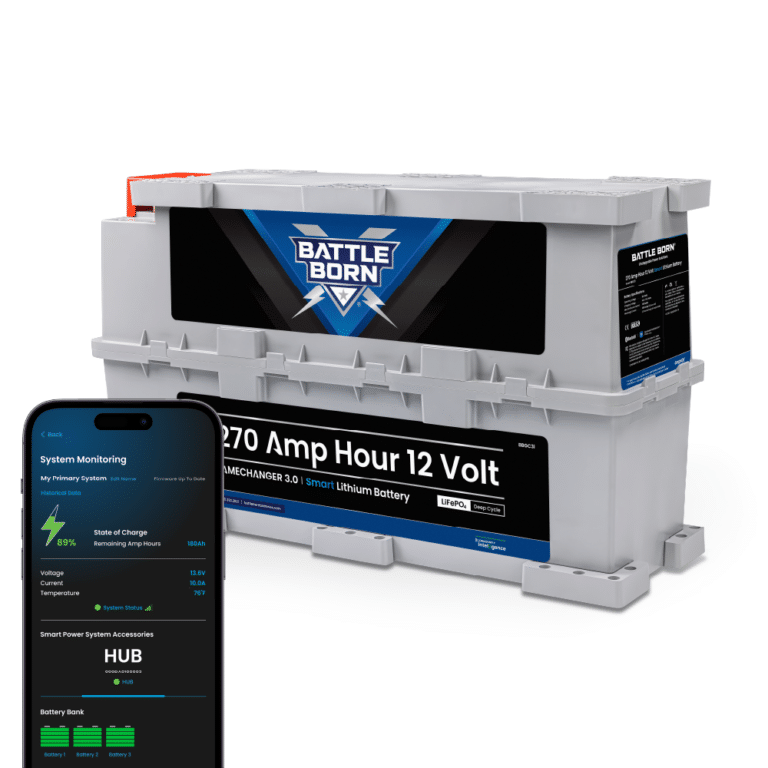
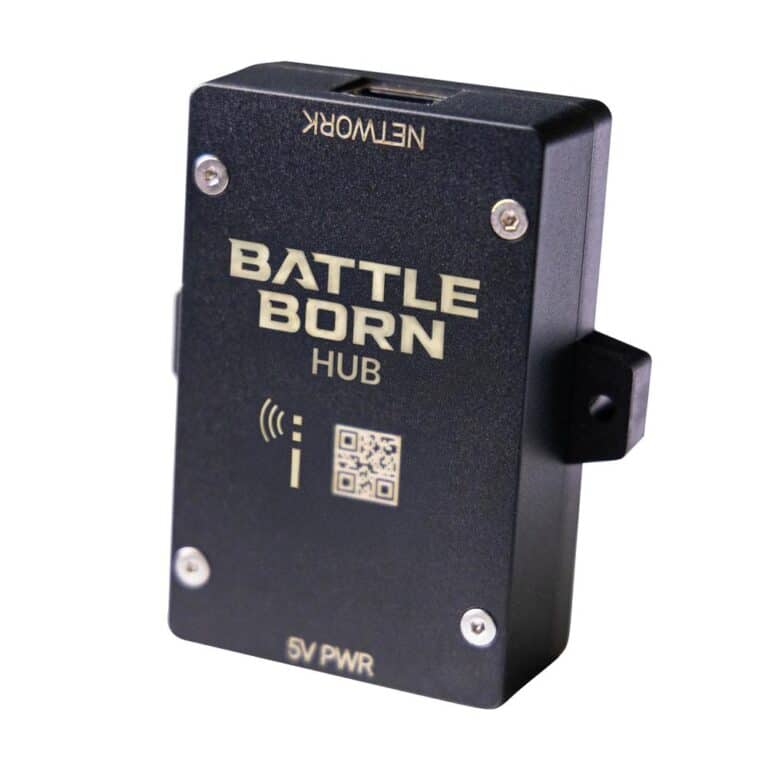
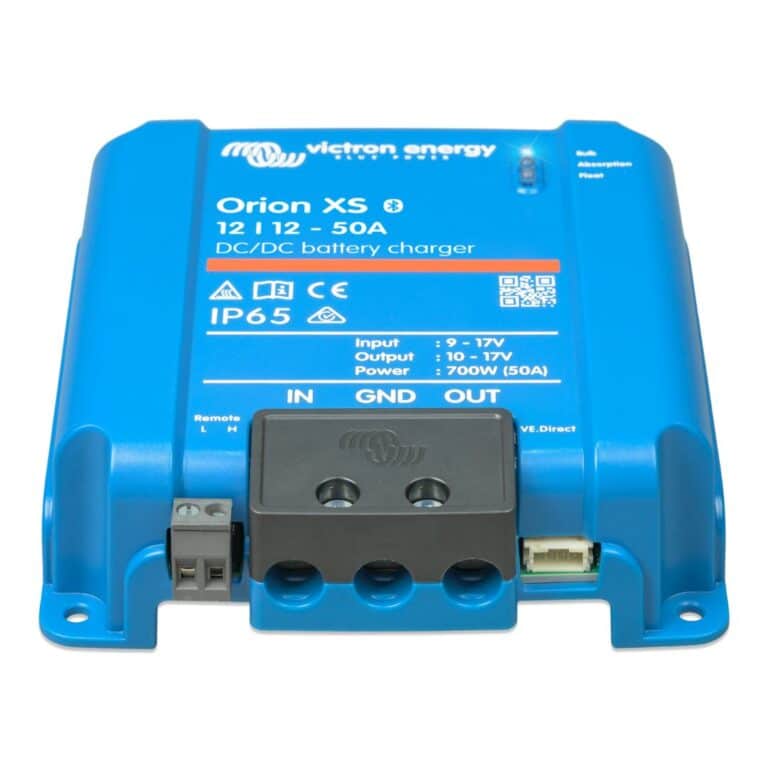
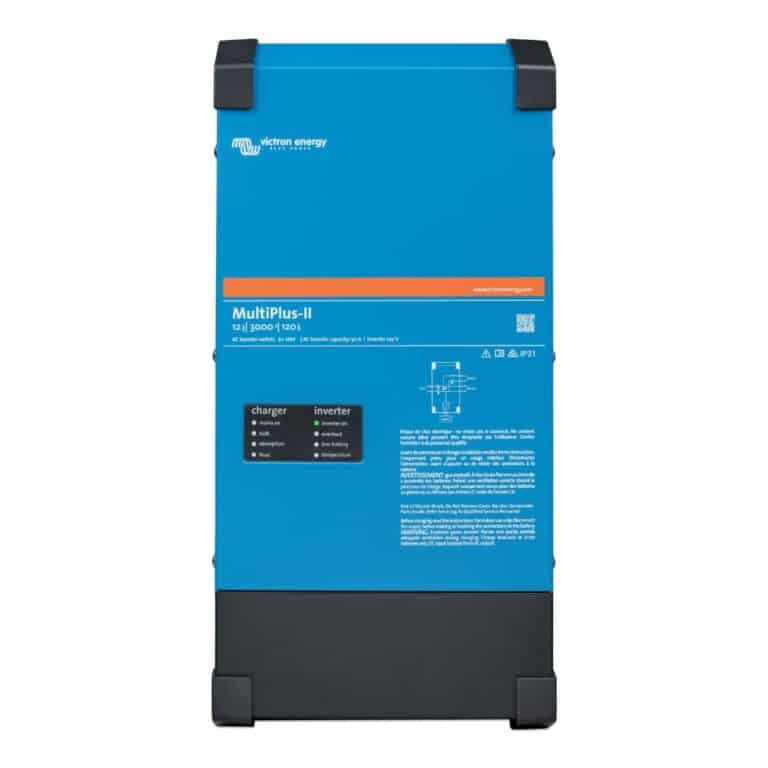

Ask a technical specialist now at 855.292.2831
Stay in the Know